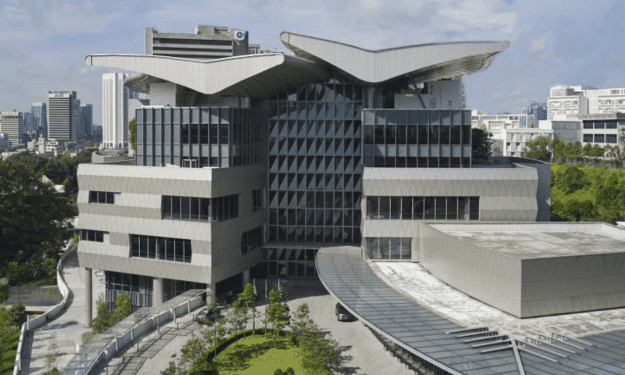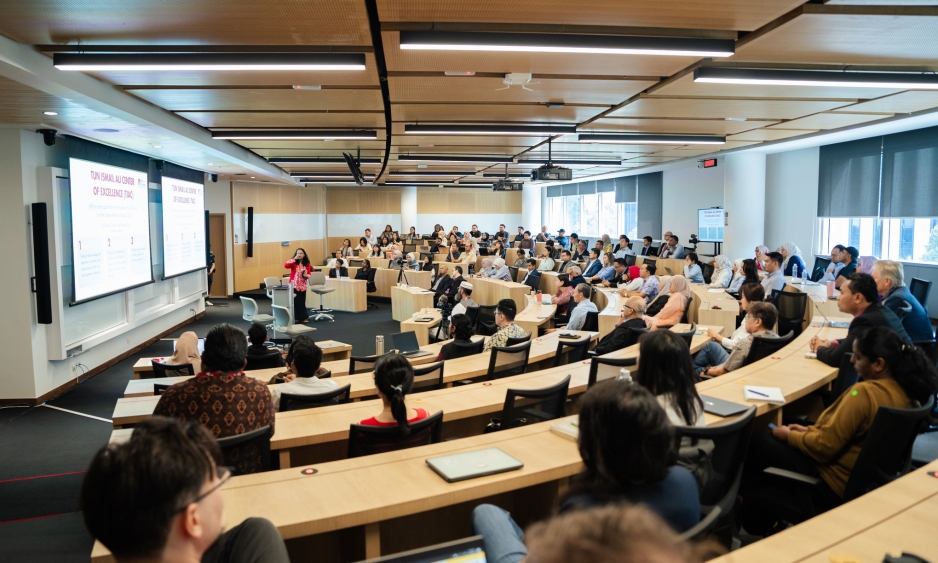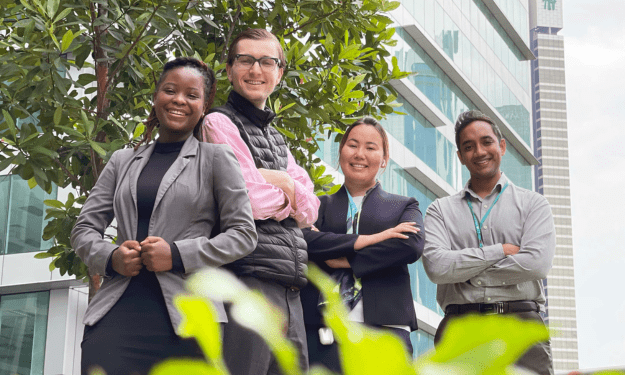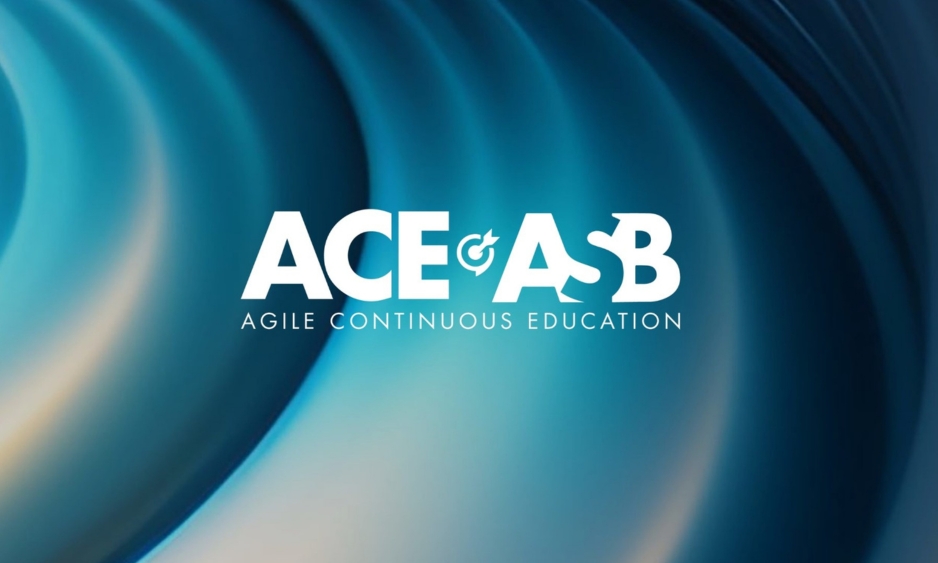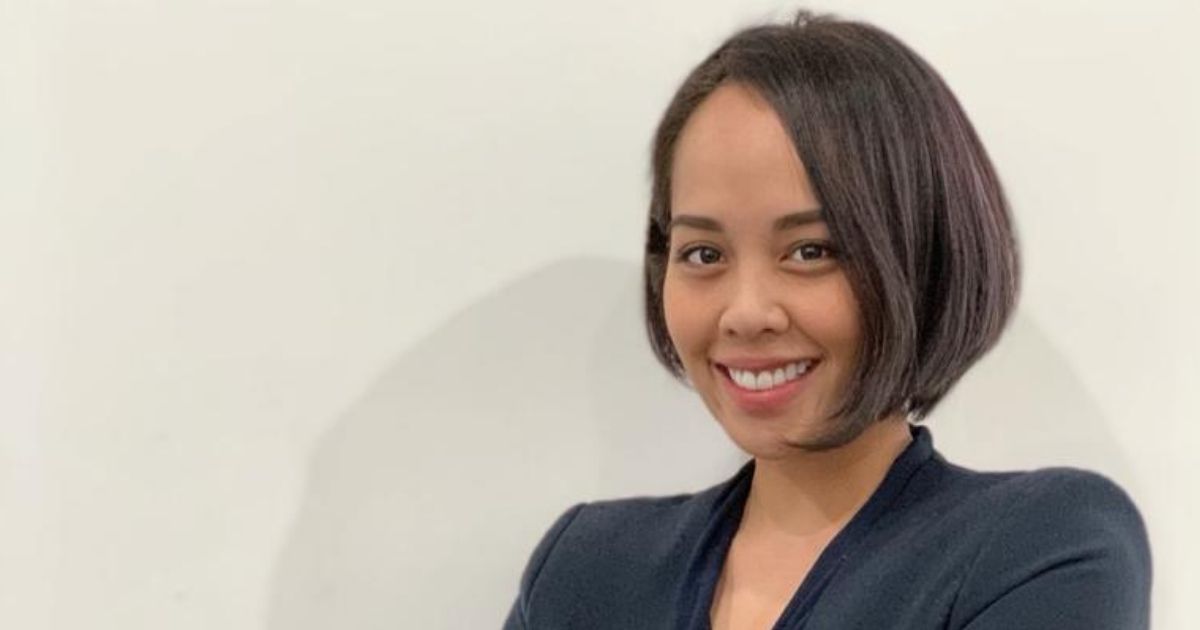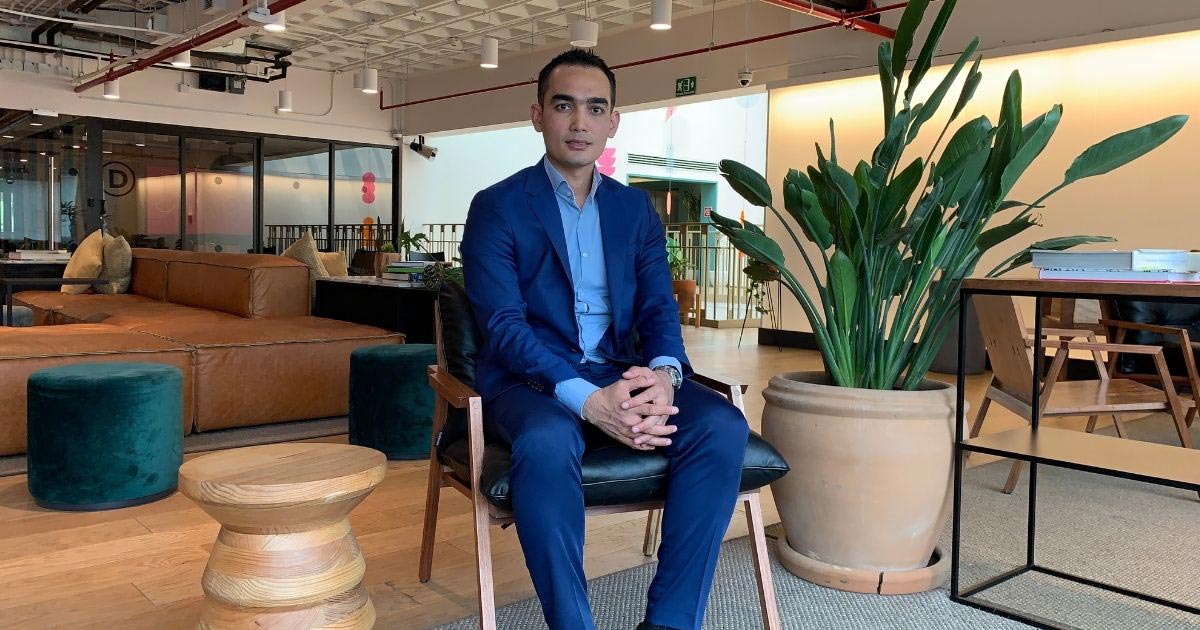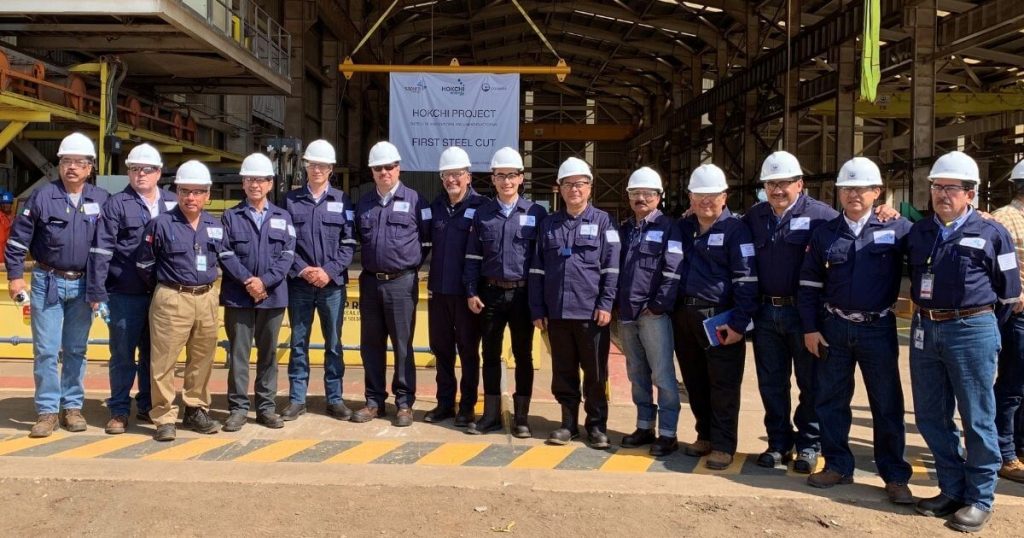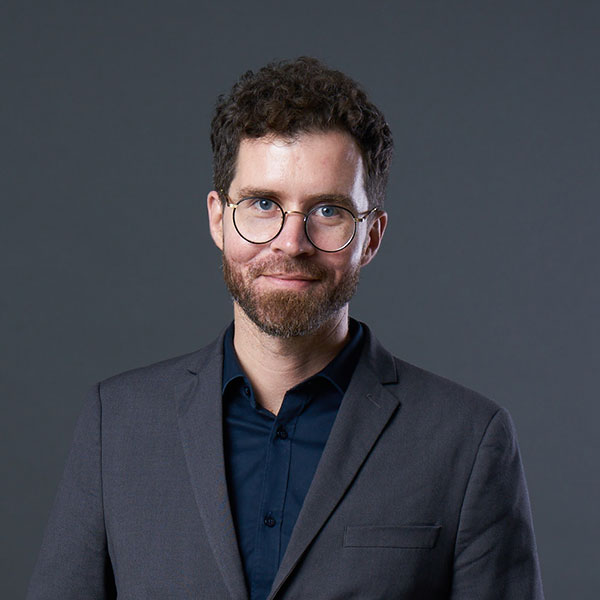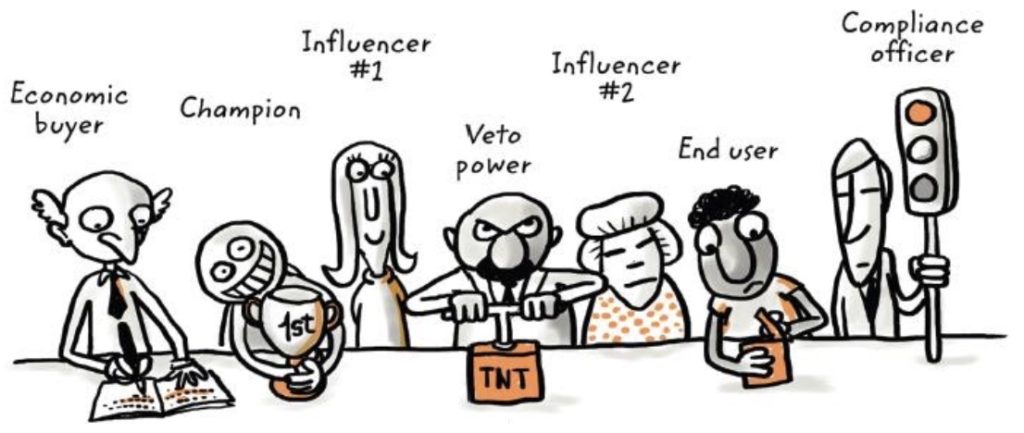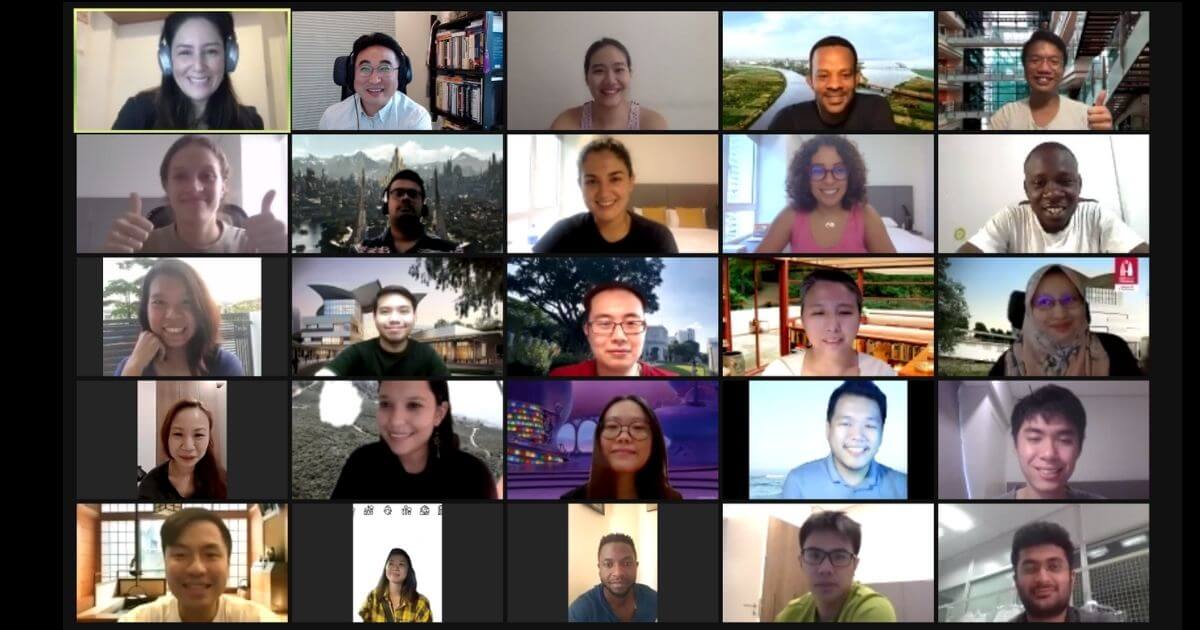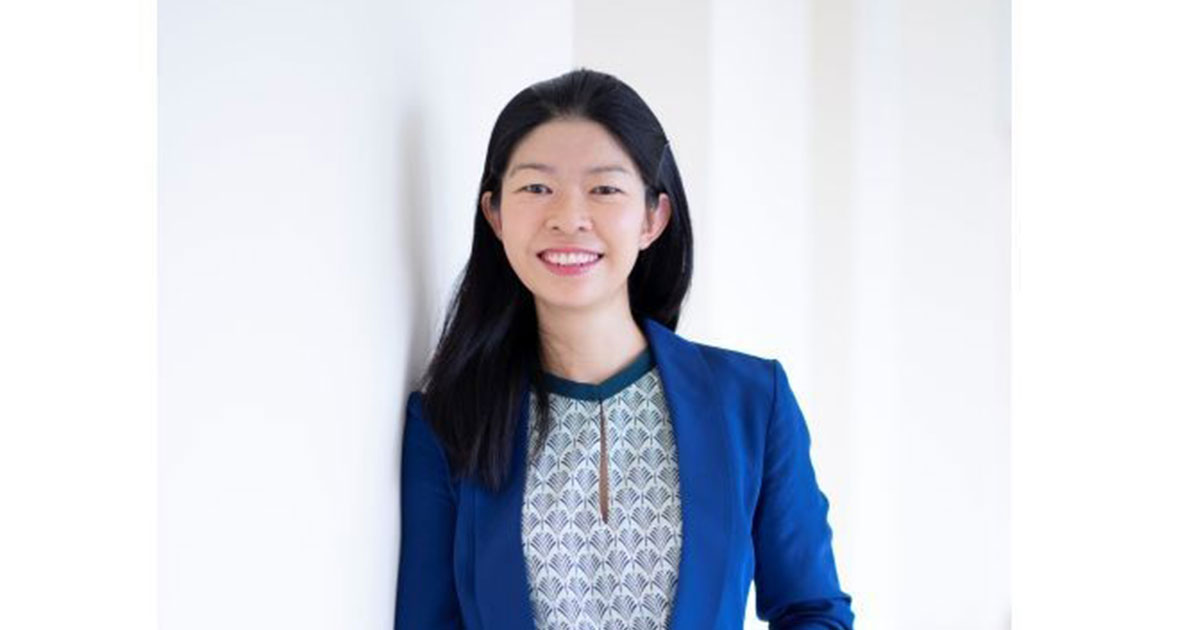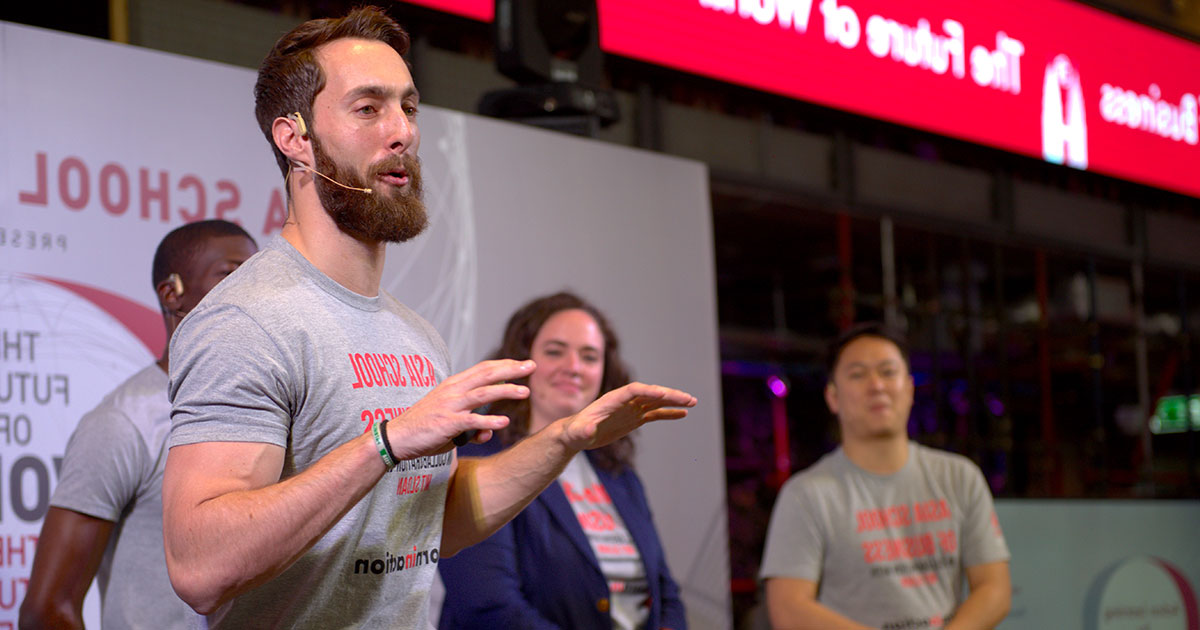Areena Shahril is the Manager for Performance Management and Capability Building at Sapura Energy Berhad. She’s also part of the MBA for Working Professionals (MBA-WP) Class of 2021 at Asia School of Business (ASB). Recently, Areena took some time out to share with us her journey being part of the first MBA-WP cohort. In a conversation with ASB MBA 21’ alumna, Jamie Tam, Areena opened up about her transformative journey and overcoming the challenges that came with completing an MBA amid a pandemic.
“Before the MBA, I used to shy away from new things, but with ASB and the MBA program, I thought: “You know what? What is there to be scared about?” – Areena Shahril, ASB MBA-WP 21’ alumna
Jamie: Can you share what you were doing before the MBA?
Areena: Before I joined the MBA-WP program, I started off my career in Sapura Energy as a junior executive in the Corporate Finance and Investor Relations team at Sapura. After a couple of years, the company started a transformation program and they transferred me to the Change Management office to work on this new initiative. Around that time, I decided that I wanted to do an MBA.
I was at a point where I wanted to test my boundaries but didn’t have time to do much research on what options were out there as I have been balancing both my career and personal life. So, when I heard about the ASB MBA program from the HR team at Sapura, I decided to check the program out. The rest was history! When I started the MBA-WP program, it coincided with the early stages of my transfer to the Change Management office.
What made you decide to take the MBA-WP program? And why ASB?
I was really intrigued by the way ASB marketed the MBA program. They said it was going to be an unconventional journey, and I wanted to test my boundaries. I was working all the time, I had just become a mother of three, and I wanted to push through my limits.
I wanted to see what I could do. This WP program met those criteria. I thought why not do an MBA that I could complete while working, and while being based in Malaysia where I can be close to my children and family? ASB’s WP curriculum ultimately ticked all the boxes.
How has this MBA-WP program impacted your career?
It has impacted my career significantly! Although I was working for the Change Management office at the start of my studies, there was the opportunity for me to join the Organizational Development Team under the People & Culture office just one year into the program. From my experience in the CMO, I thought I could really bring value to the P&C office and that’s when the transfer was made.
Shortly after, I started leading the Capability Development function within the team. My experience in the MBA really helped with this work transition – I was more structured with my thoughts on how to approach work. Everything I learned during classes, I was able to transfer to my work, just a week later. I still remember what I learned in a communications class where we had to learn how to present your PowerPoint decks and send emails effectively.
Till today, those takeaways are at the back of my head when I have to present or do something as simple as writing an email to a colleague. On the technical side of things, our business research methods that we learnt for Action Learning are methods I used everyday to ensure a more structured approach to work and presenting my findings.
I think if I hadn’t joined ASB, I would have never made that transition. Before the MBA, I used to shy away from new things, but with ASB and the MBA program, I thought: “You know what? What is there to be scared about? Treat new things as a mini Action Learning project!”
What were the biggest challenges you faced as a WP? And what did you do to face those challenges?
Time was always the biggest challenge. Then COVID-19 happened and it really threw off our schedule. For instance, we were supposed to be in Boston for our MIT immersion, and we would be physically away from work to manage classes. But because we couldn’t fly to Boston and had to take classes virtually, classes were held at night in Malaysian time (or early mornings for the MIT professors in Boston). In the mornings, we would spend time doing work.
It was really hard to shut work off for some down time to recuperate. But the cohort really helped. We knew we were all going through the same thing together. So we talked to each other all the time. In fact, our full-time MBA counterparts also gave us words of encouragement and that really helped! Even the faculty was also very understanding of the hectic schedule we had.
There was blood, sweat and tears everyday! We knew that we were going through this together, so might as well just bite the bullet and push through. That mentality really pushed us through those crazy weeks of ongoing courses. Until today, I still don’t know how we did it, but we did it!
How has Action Learning been for you? Did you gain any skills that were transferable to your career?
Action Learning (AL) was very interesting for WPs. Since we were the first WP cohort, it was a learning process. Unlike the full-time students who had Action Learning projects in different countries and companies, we had to do AL within our own companies. This was an interesting differentiation from the full-timers. Since AL was very new to us, we didn’t really know what we were doing at the beginning.
But throughout all the projects that I have worked on, AL has taught me that we always need to fall back on what the data shows us, because that is one of the ways to develop more structured thoughts. It’s about contextualizing the data and figuring out how to use it. Data will always be there, scrubbed or not.
My favourite Action Learning project was the third project, where we had to learn how to make a podcast. Prof Loredana and Prof Ambra taught us how to effectively make a podcast that would not be boring. The topic of my podcast was “How to communicate effectively during COVID-19”. I worked on this with Victor and Pyora, two of my WP colleagues from different companies.
This project was particularly fun since we were learning how to do something outside of what we normally do at work. I also worked on an entrepreneurial AL project focusing on increasing employees’ mental health awareness at the workplace with three other WP colleagues.
Our idea was to create a platform to deal with employee mental health awareness by utilizing communities and gathering data to come up with sustainable solutions. This entrepreneurship project made use of a lot of transferable skills.
Now that you have completed your MBA, has ASB delivered on your expectations?
ASB did say we would have an unconventional journey, and we did! I didn’t know what to expect when I first joined, so my advice to future WPs is to expect the unexpected and just do it.
Would you recommend the ASB WP-MBA to others, and why?
Yes, I would recommend it to those who have grit and a hunger for knowledge. This is not an easy program, and I am not going to sugar coat it by saying it will be a breeze; it does take a lot of your time. But the feeling of completing it was just amazing – to know that you finished it. I would recommend this to those who have the stomach for it!
